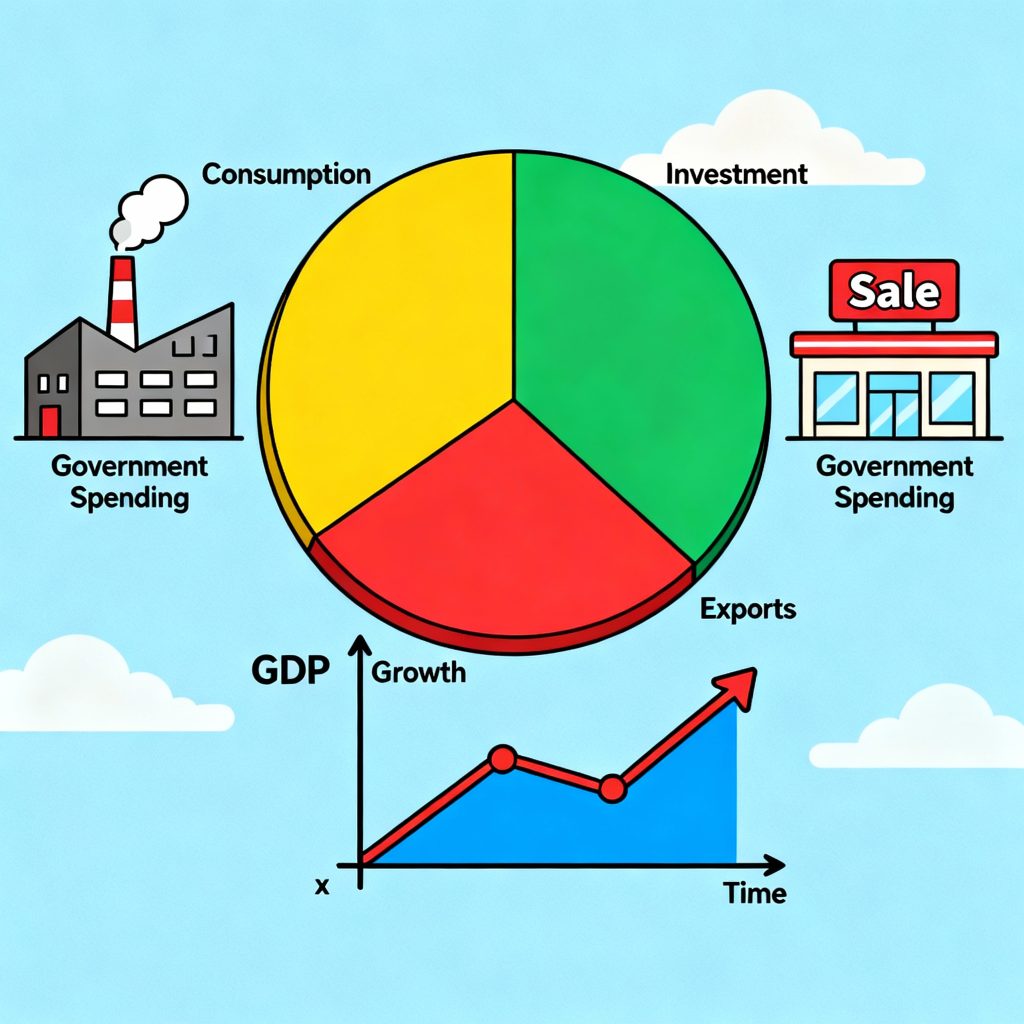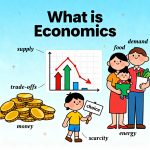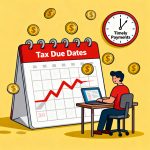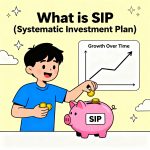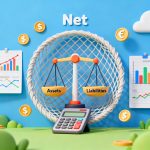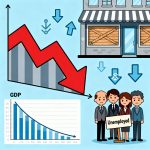Did you know that understanding GDP (Gross Domestic Product) could be the key to making smarter investment decisions and career choices? Whether you’re a young professional navigating your first job or an entrepreneur planning your next business move, grasping what is GDP and its implications can significantly impact your financial success. GDP represents the total monetary value of all finished goods and services produced within a country during a specific period, making it the most important indicator of economic health worldwide.
Understanding GDP: The Economic Heartbeat
GDP functions as the economic heartbeat of any nation, measuring the total market value of all final goods and services produced within geographic borders during a specific timeframe, typically one year. Think of GDP as a country’s report card—it tells us how well the economy is performing and whether it’s growing or shrinking.
The concept emerged from the brilliant work of American economist Simon Kuznets in 1934, becoming the gold standard for measuring economic performance since the 1944 Bretton Woods Conference. Today, GDP remains the primary tool governments, investors, and businesses use to assess economic strength and make critical financial decisions.
For young professionals and entrepreneurs, understanding GDP trends helps identify emerging market opportunities, career prospects, and investment timing. When GDP grows consistently, it typically signals job creation, higher wages, and increased business opportunities.
GDP Formula and Key Components
The most widely used GDP calculation follows this simple formula:
GDP = C + I + G + (X – M)
Where:
-
C = Consumption (household spending on goods and services)
-
I = Investment (business spending on equipment, infrastructure, and inventory)
-
G = Government Spending (public sector purchases and investments)
-
X – M = Net Exports (exports minus imports)
Consumption: The Driving Force
Consumption typically represents the largest component of GDP in developed economies, accounting for 60-70% of total economic output. This includes everything from groceries and clothing to smartphones and entertainment subscriptions. Rising consumption indicates consumer confidence and disposable income growth—positive signals for businesses and job seekers.
Investment: Building Tomorrow’s Economy
Business investment encompasses spending on machinery, buildings, technology, and research and development. High investment levels suggest businesses are optimistic about future growth, often leading to job creation and innovation. For entrepreneurs, tracking investment trends reveals which sectors are attracting capital and growing rapidly.
Government Spending: Public Sector Impact
Government expenditure includes infrastructure projects, defense spending, education, and healthcare. Strategic government investment can stimulate economic growth and create opportunities in construction, technology, and public services sectors.
Net Exports: Global Trade Balance
Net exports measure a country’s trade balance. Positive net exports (trade surplus) contribute to GDP growth, while negative net exports (trade deficit) reduce it. Understanding trade patterns helps identify export opportunities for businesses and career prospects in international trade.
Types of GDP Measurements
Nominal GDP vs Real GDP
Nominal GDP measures economic output using current market prices, while Real GDP adjusts for inflation using constant base-year prices. Real GDP provides a more accurate picture of actual economic growth by removing the effects of price increases.
For example, if nominal GDP grows from $20 trillion to $22 trillion, but inflation was 8%, the real growth is only 2%—significantly less impressive than the 10% nominal increase suggests.
GDP Per Capita
GDP per capita divides total GDP by population, providing insight into average living standards. Countries with high GDP per capita typically offer better career opportunities, higher wages, and improved quality of life. This metric helps young professionals evaluate international job opportunities and entrepreneurs assess market potential.
Current GDP Trends Shaping 2025
Digital Economy Revolution
The digital economy now represents approximately 15-20% of GDP in developed nations, with e-commerce, digital services, and technology platforms driving significant growth. This trend creates massive opportunities for tech-savvy professionals and digital entrepreneurs.
Sustainable Development Impact
Green technology and sustainable practices are becoming major GDP contributors, with renewable energy, electric vehicles, and environmental services experiencing rapid expansion. Young professionals entering these sectors often find accelerated career growth and competitive salaries.
Service Sector Dominance
Services now account for 70-80% of GDP in advanced economies, emphasizing the importance of skills in finance, consulting, healthcare, education, and technology. This shift creates opportunities for service-oriented entrepreneurs and professionals with strong interpersonal skills.
How GDP Affects Your Financial Decisions
Career Planning Strategy
High GDP growth typically correlates with job creation and wage increases. Monitor GDP trends in your industry and region to time career moves, negotiate salaries, and identify emerging opportunities. Countries and regions with consistent GDP growth often provide better long-term career prospects.
Investment Timing
GDP growth patterns influence stock markets, real estate values, and business opportunities. Rising GDP often drives stock market gains, while declining GDP may signal market corrections. Smart investors use GDP data alongside other indicators to time their investment strategies.
Business Expansion Decisions
Entrepreneurs should consider GDP trends when planning business expansion, launching new products, or entering new markets. Strong GDP growth indicates consumer spending power and business investment appetite, creating favorable conditions for new ventures.
GDP Limitations and Alternative Measures
What GDP Doesn’t Capture
GDP has important limitations that young professionals and entrepreneurs should understand. It doesn’t measure income inequality, environmental sustainability, or quality of life factors like work-life balance, healthcare access, or education quality.
Alternative Economic Indicators
Consider these complementary measures alongside GDP:
-
Human Development Index (HDI): Measures education, health, and income
-
Gini Coefficient: Measures income inequality
-
Gross National Happiness: Focuses on sustainable development and well-being
-
Genuine Progress Indicator: Adjusts GDP for income distribution and environmental costs
Actionable Tips for Using GDP Data
For Job Seekers and Professionals
Research GDP growth trends in your target cities and industries before making career decisions. High-growth regions typically offer more opportunities and competitive salaries. Use GDP data to negotiate salary increases during economic expansion periods.
For Entrepreneurs and Investors
Track quarterly GDP reports to identify business cycle phases. Launch new ventures during GDP growth periods when consumer spending and business investment increase. Consider GDP per capita when evaluating market potential for products and services.
For Financial Planning
Align your investment strategy with GDP cycles. During GDP growth periods, consider growth stocks and expansion industries. During GDP contraction, focus on defensive investments and cash reserves.
Ready to leverage GDP insights for your financial success? Start tracking monthly GDP reports from your country’s statistical office, analyze trends in your industry sector, and use this data to make informed decisions about career moves, investments, and business opportunities. Remember, successful professionals and entrepreneurs don’t just react to economic changes—they anticipate them using reliable indicators like GDP.
Frequently Asked Questions
What is GDP in simple terms?
GDP (Gross Domestic Product) is the total value of all goods and services produced within a country’s borders during a specific period, usually one year. It’s like measuring the size of a country’s economic pie—the bigger the GDP, the larger the economy.
How often is GDP calculated and released?
Most countries calculate and release GDP data quarterly (every three months), with annual summaries provided at year-end. In the United States, the Bureau of Economic Analysis releases preliminary GDP estimates about one month after each quarter ends, followed by revised estimates.
What’s the difference between GDP and GNP?
GDP measures production within a country’s borders regardless of who owns the businesses, while GNP (Gross National Product) measures production by a country’s citizens and companies regardless of location. For example, a Japanese factory in the US contributes to US GDP but Japanese GNP.
Why do economists prefer Real GDP over Nominal GDP?
Real GDP adjusts for inflation, providing a more accurate picture of actual economic growth. Nominal GDP can be misleading because it increases due to both genuine growth and rising prices. Real GDP shows whether an economy is truly producing more goods and services.
How does GDP growth affect employment and wages?
GDP growth typically leads to job creation and wage increases because expanding economies need more workers to produce goods and services. However, this relationship isn’t automatic—some GDP growth comes from productivity improvements that may not immediately translate to more jobs.
